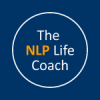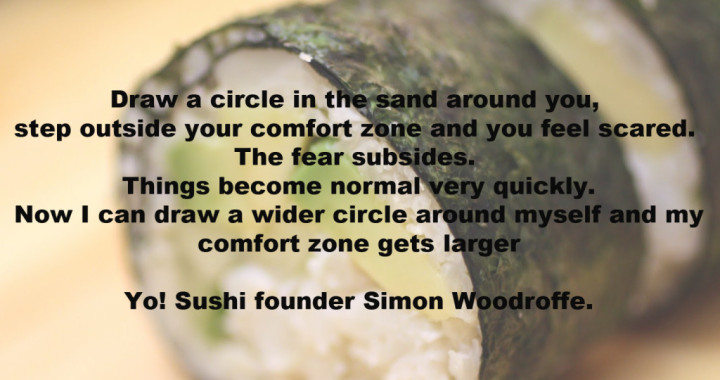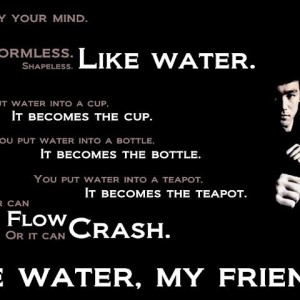I have a friend called Stephanie. In our last conversation she was telling me how she recently spent a weekend babysitting her friends’ children. She told me how she spent most of it colouring and was shocked at how relaxed she felt while she coloured. It put a smile to my face to learn to continue the conversation with her, to explain why colouring is an amazing phenomenon.
Colouring for most of us was a favourite child hood activity. Anchors are stimuli that call forth states of mind – thoughts and emotions. The colouring anchor probably took her back to a time in her childhood when Stephanie was relaxed and loved; probably she didn’t have negative self talk and a care in the world as a child. Colouring brought those feelings back to her.
On the other hand, kids use colouring books to employ their motor skills and imaginations simultaneously. It’s one of the few activities that can occupy a child both physically and mentally, and is entirely self-contained, keeping a child stimulated for hours.
In adults, we can see the same effect happening to stressed out grown-ups. Colouring is a physical activity, so it channels any nervous energy you might have while watching TV or reading into a creative effort. It also creates an opportunity for relaxation that doesn’t keep us glued to a screen — and we all know that night time kindle habit is a guaranteed way to hamper sleep. Colouring on the other hand would be a good way to fall asleep.
On top of that, colouring books are filled with beautifully complex shapes that bring fantasy worlds to mind, and require advanced motor skills and a touch of finesse to describe in living colour. Translation: You won’t be bored. On the contrary, you’ll find these traces and outlines challenging enough to encourage mindfulness, but simple enough to allow you to enter a meditative state. It’s even called a type of active meditation. Structured colouring (as opposed to free-form doodling or sketching) has actually been proven to decrease anxiety for those very reasons. Further research I have found there are actual colouring books for adult. Who would have thought?




